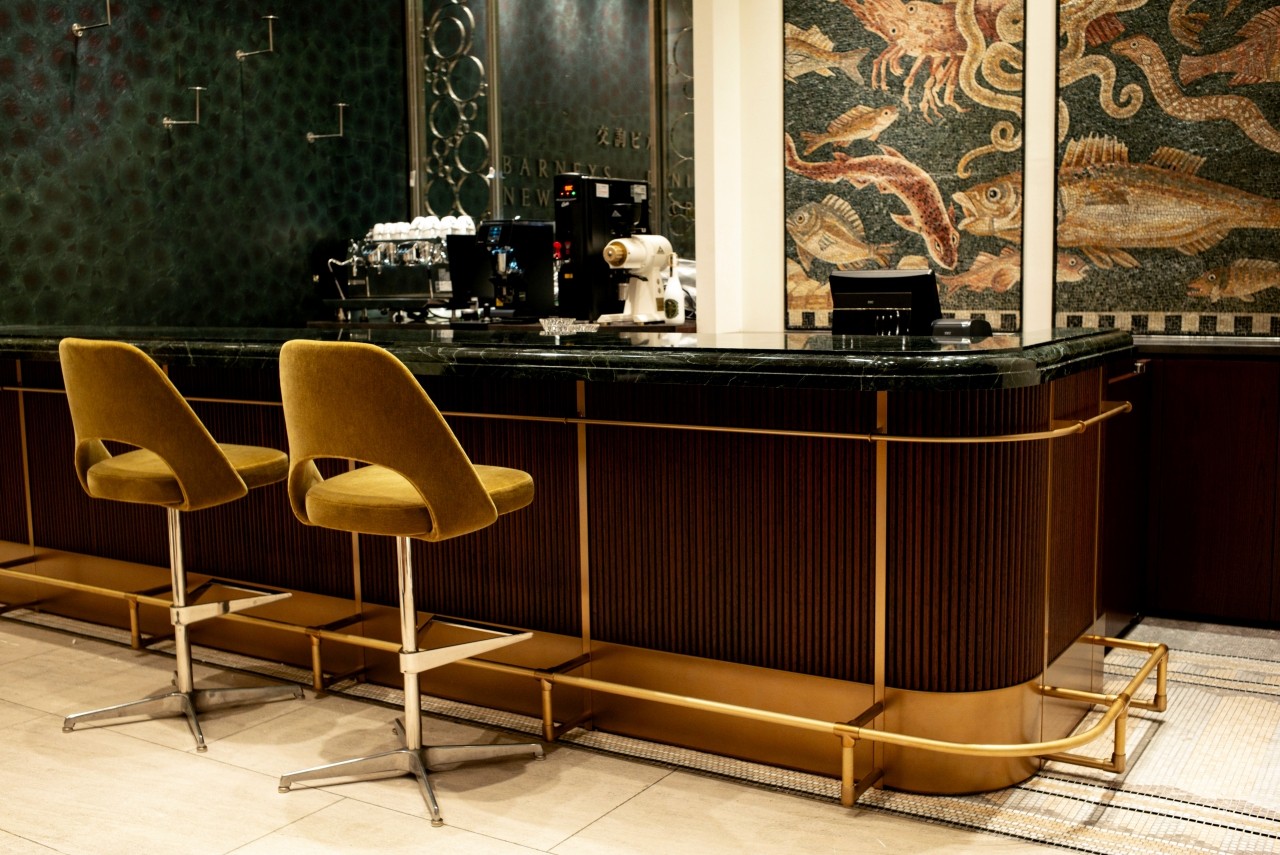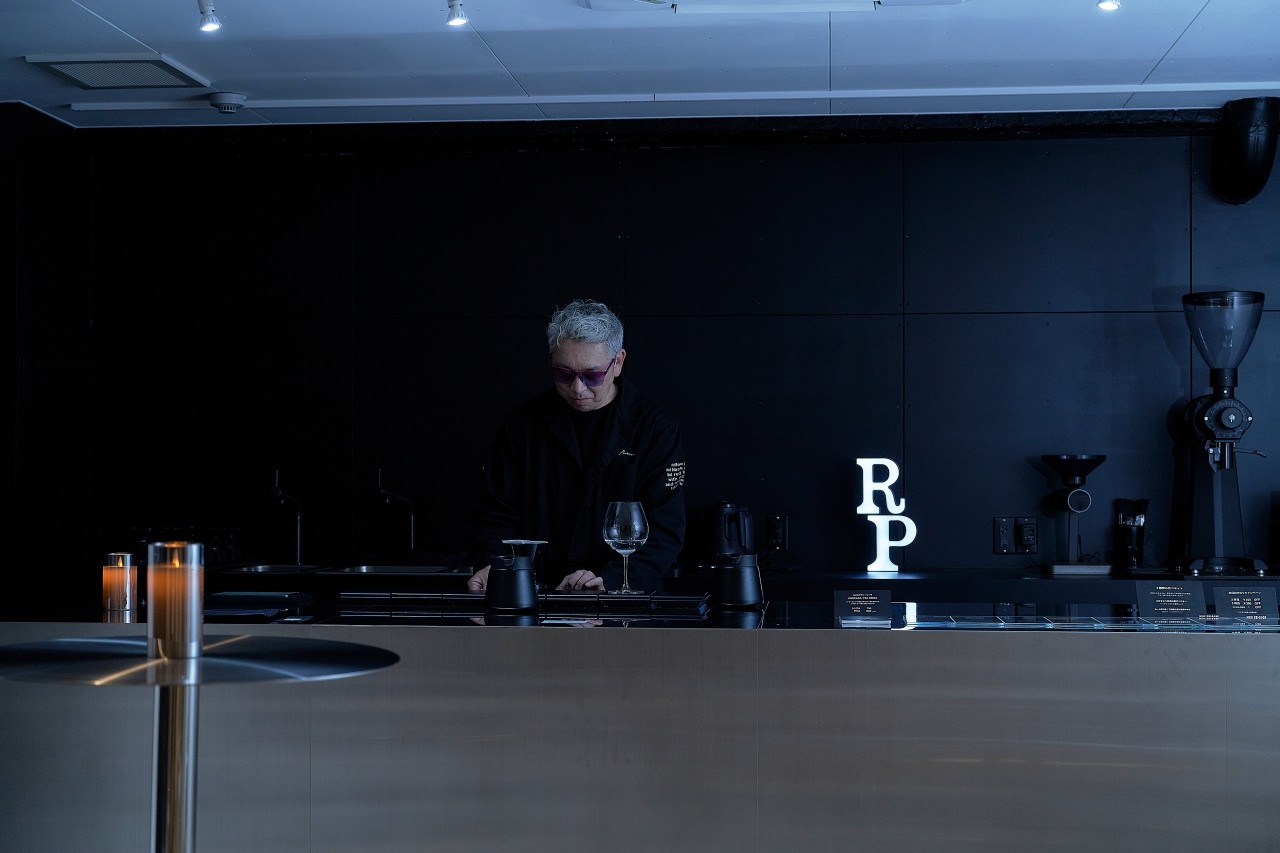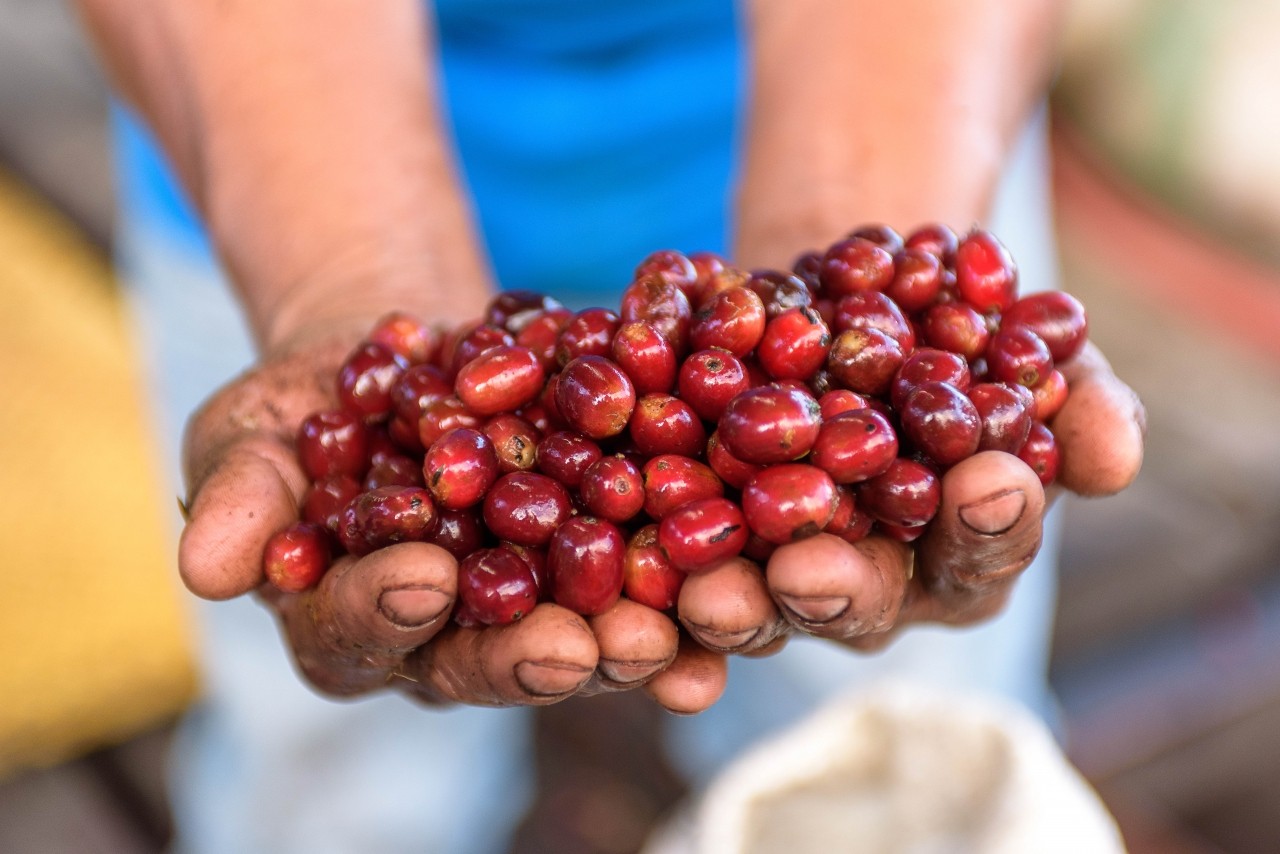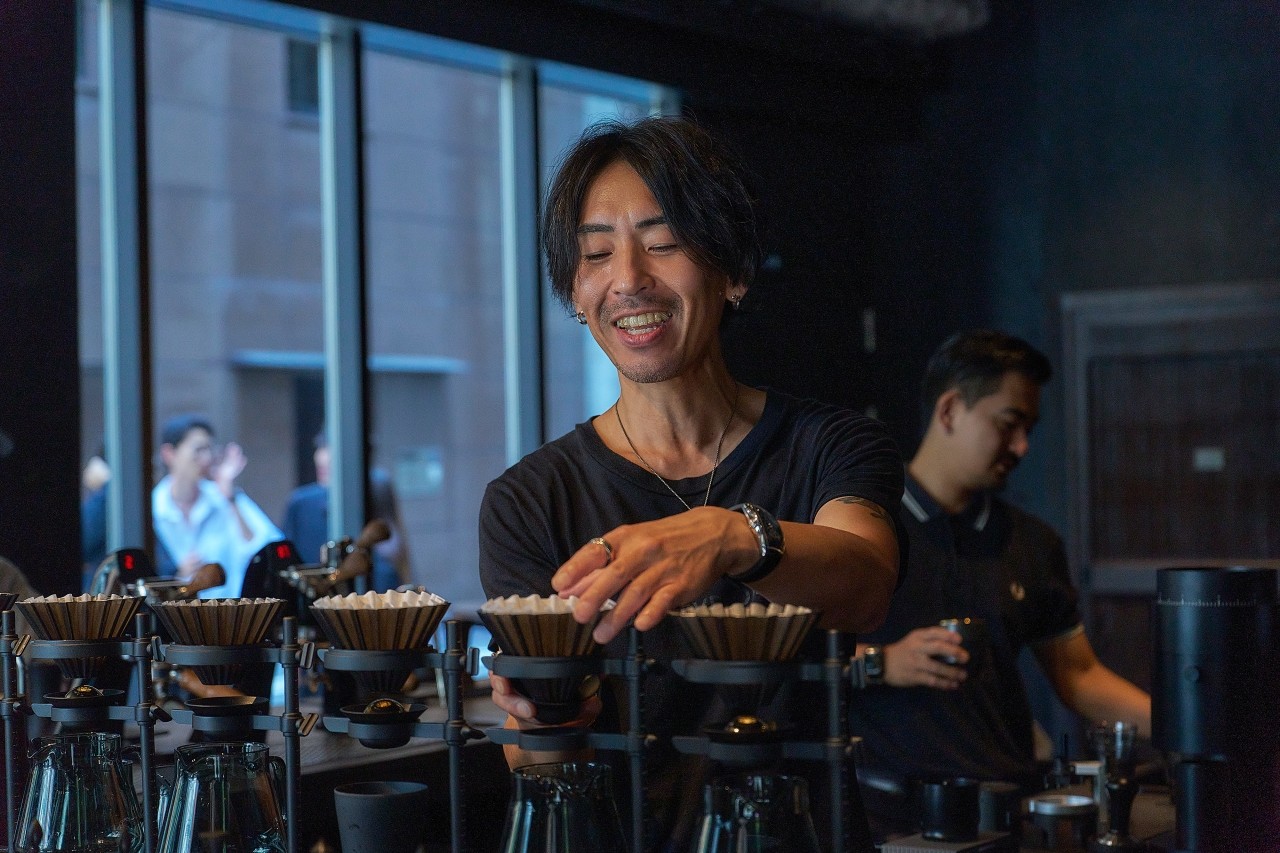What is the job of a coffee roaster? A professional who brings out the best flavor from raw coffee beans [Understandable even for beginners]
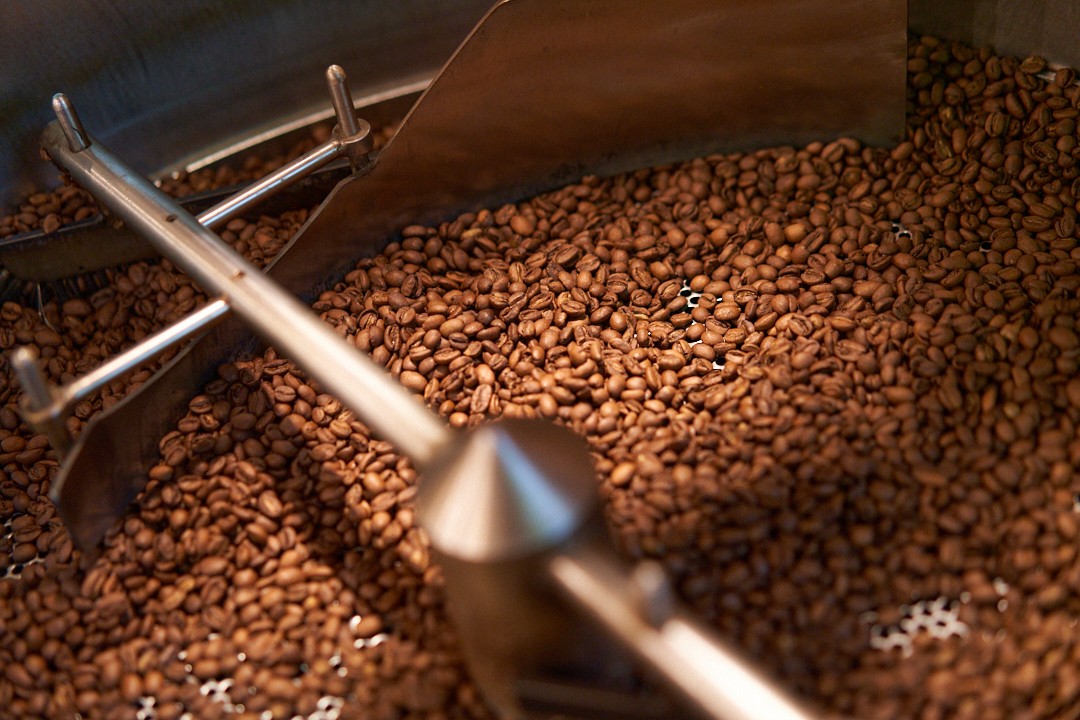
When you drink coffee, you enjoy its aroma and flavor. But did you know that there is someone who is essential to creating that delicious taste? That person is the "roaster." In this article, we will explain in detail why coffee is roasted, and the job content and role of a roaster.
What is coffee roasted for?

After harvesting, green coffee beans are sorted, refined, and shipped. However, the beans at this stage are hard and contain a lot of water. You cannot taste the flavor of coffee at all. In other words, green beans cannot be enjoyed as delicious coffee.
That's where roasting comes in. Roasting removes excess enzymes and moisture from the green beans, and the sugars and amino acids in the green beans react at high temperatures during the roasting process, creating the unique flavor and aroma of coffee. Roasters can control this reaction to create coffee with a variety of flavors.
In addition, roasting changes the cellular structure of the beans, making them brittle. In this state, the beans are easier to grind and extract coffee from. Unroasted green beans have a grassy color, but roasting turns them into a beautiful brown color. This color change is one of the indicators of coffee quality.
That's where roasting comes in. Roasting removes excess enzymes and moisture from the green beans, and the sugars and amino acids in the green beans react at high temperatures during the roasting process, creating the unique flavor and aroma of coffee. Roasters can control this reaction to create coffee with a variety of flavors.
In addition, roasting changes the cellular structure of the beans, making them brittle. In this state, the beans are easier to grind and extract coffee from. Unroasted green beans have a grassy color, but roasting turns them into a beautiful brown color. This color change is one of the indicators of coffee quality.
What is the job of a roaster?
A roaster is a professional who brings out the original flavor and aroma of coffee by roasting raw coffee beans (green beans). They assess the condition of the green beans, select the optimal roasting method, and manage the roasting process. Here is an example of their work.
1. Selection of green beans
A roaster's job begins with selecting high-quality green beans. The quality of green beans varies greatly depending on the variety, place of origin, and year of harvest. Roasters understand this information and select green beans that suit their purpose. They also check the moisture content of the green beans and the percentage of defective beans mixed in to determine whether they are in a suitable condition for roasting.
2. Choosing the roasting method
After understanding the characteristics of the green beans, the roaster will choose the most suitable roasting method. There are eight levels of roasting: light roast, cinnamon roast, medium roast, high roast, city roast, full city roast, French roast, and Italian roast.
Light Roast: A very light roast with strong acidity and a distinct bean character.
Cinnamon Roast: Slightly darker than light roast, with a cinnamon-like aroma.
Medium Roast: A well-balanced flavour with a good balance of acidity and sweetness.
High roast: Slightly darker than medium roast, with a good balance of sweetness and bitterness.
City Roast: Oils begin to appear on the surface of the beans, giving them a stronger bitter and sweet flavor.
Full city roast: A lot of oil floats to the surface of the beans, accentuating the bitterness.
French Roast: A deep roast with a strong bitter and aromatic taste.
Italian Roast: The darkest roast, it has a very bitter taste and almost no acidity.
Roasters choose these roast levels based on the characteristics of the green beans and the flavor they are aiming for. They can also bring out different flavors with the same roast level by adjusting the roast profile (the relationship between roasting temperature and time).
Light Roast: A very light roast with strong acidity and a distinct bean character.
Cinnamon Roast: Slightly darker than light roast, with a cinnamon-like aroma.
Medium Roast: A well-balanced flavour with a good balance of acidity and sweetness.
High roast: Slightly darker than medium roast, with a good balance of sweetness and bitterness.
City Roast: Oils begin to appear on the surface of the beans, giving them a stronger bitter and sweet flavor.
Full city roast: A lot of oil floats to the surface of the beans, accentuating the bitterness.
French Roast: A deep roast with a strong bitter and aromatic taste.
Italian Roast: The darkest roast, it has a very bitter taste and almost no acidity.
Roasters choose these roast levels based on the characteristics of the green beans and the flavor they are aiming for. They can also bring out different flavors with the same roast level by adjusting the roast profile (the relationship between roasting temperature and time).
3. Roasting process management
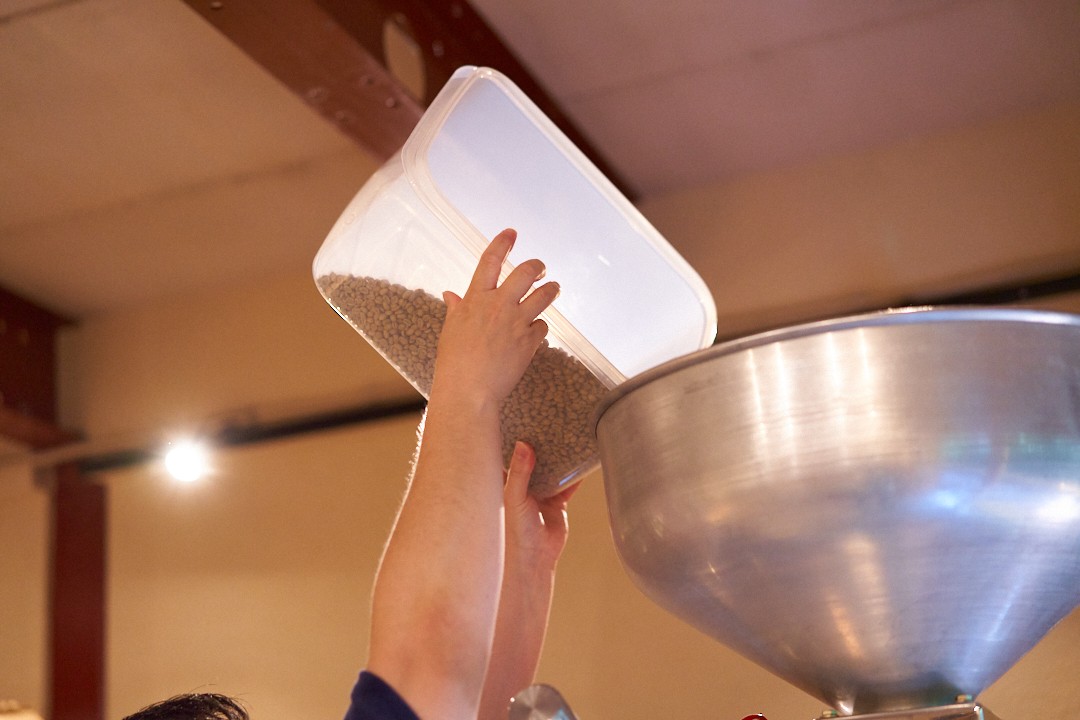
Roasters use a roasting machine to roast the raw beans. During this process, they carefully control the temperature, time, and air flow, and proceed with the roasting while carefully monitoring the condition of the beans.
The roasting process can be divided into the following stages:
Adding the raw beans: Add the raw beans to the roaster and begin preheating.
Drying phase: The water in the beans evaporates, causing the beans to expand.
Maillard (browning) phase: The beans change color from yellow to brown.
First Crack: The beans release steam and make a crackling sound.
Development Phase: The flavor is brought out by the Manabu . If it continues, a second crack (2nd crack) will occur.
Roast Completion: Once the desired flavor and color is achieved, the roast is stopped.
Cooling: The roasted beans are cooled quickly to prevent oxidation.
Roasters understand these stages and adjust heat and time while observing the state of the beans. Since even the slightest change can have a big impact on the taste and aroma of the beans, this requires advanced technique and experience.
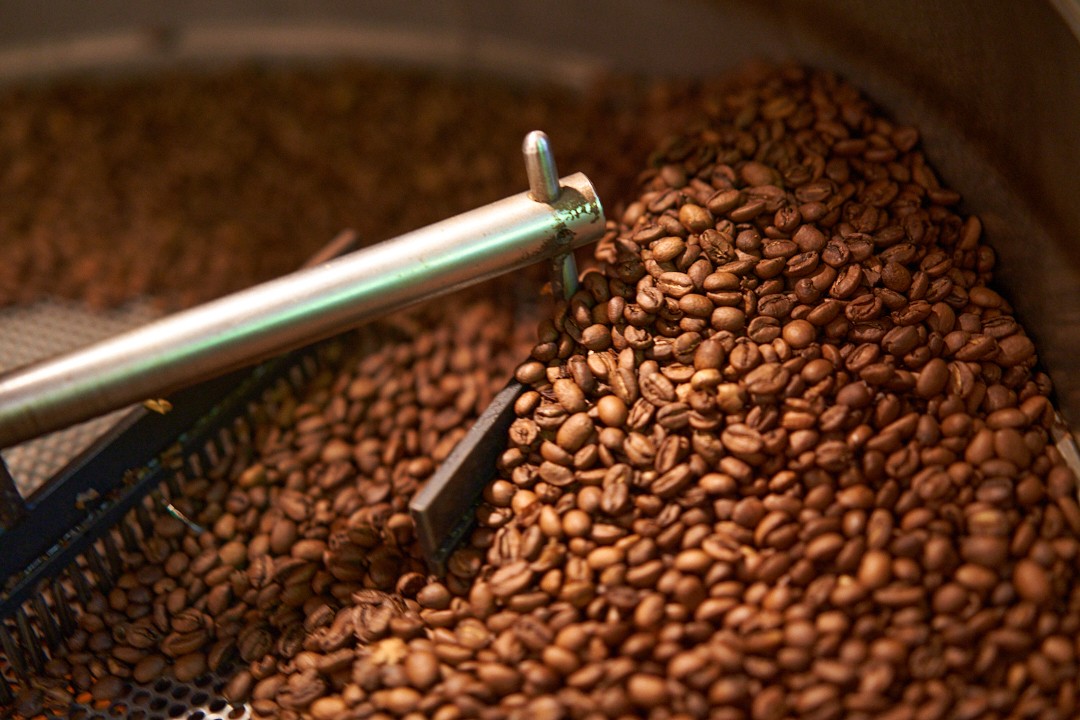
4. Cupping
One of the important aspects of a roaster's job is to check the quality of the roasted beans. After roasting, the coffee is cupped (tasted) to evaluate the flavor, aroma, aftertaste, etc. Through this tasting, roasters strive to improve their own roasting techniques and provide better coffee.
Specialized coffee roaster
Roasters mainly use drum roasters, which heat the beans while stirring them in a rotating drum. Gas burners or electric heaters are used as the heat source.

Gas drum roasters allow easy temperature control by adjusting the power of the gas burner. Also, the heat from the gas combustion is transferred directly to the beans, resulting in a more flavorful coffee. On the other hand, electric drum roasters apply heat indirectly via an electric heater. This allows for precise temperature control, resulting in a consistent roast.
The characteristic of drum roasters is that they roast relatively slowly. Because heat is easily transferred to the inside of the beans, the resulting coffee has a strong, fragrant flavor. In addition, they are suitable for small-batch roasting, making them easy to accommodate custom orders.
Roast time varies depending on the roast level. Light roast is generally around 8-10 minutes, medium roast around 10-14 minutes, and dark roast around 14-20 minutes. However, this varies depending on the type and amount of beans and the performance of the roaster.
A roaster understands the characteristics of the roasting machine and adjusts the heat and time according to the type of beans and purpose. In addition, maintaining the roasting machine and adjusting the settings are also important parts of a roaster's job.
The journey from farm to cup
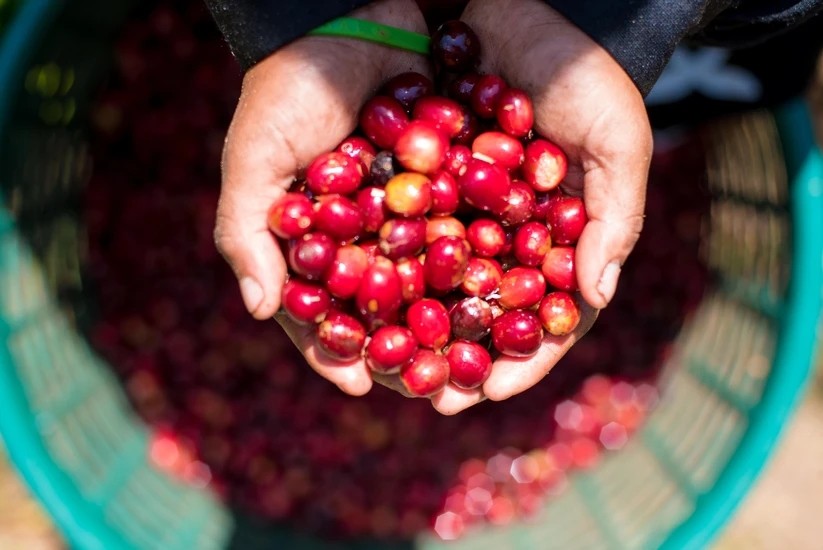
Coffee is delivered to consumers and becomes a beverage through the following process.
Coffee farm cultivation, harvesting, sorting and selection of raw beans (process)
Export and import of green beans to consumer countries Roasting by roasters Packaging and distribution Grinding of coffee beans Extraction of coffee
Among these, roasters are in charge of the fourth step, meaning they play a vital role after the green beans are imported and before they are delivered to the consumer.
Roasters purchase high-quality green beans from coffee farms or green bean importers and exporters, and roast them to make them drinkable. The roasted coffee beans are then packaged and distributed before being delivered to consumers. Of course, there are also cases where the beans are served as drinks in coffee shops after being roasted.
Once coffee beans reach the consumer, they are ground just before use. Grinding the beans using a coffee mill increases the surface area of the coffee and the area that comes into contact with the hot water. This allows the coffee ingredients to be extracted more efficiently. The degree of grinding is adjusted according to the brewing method.
Ground coffee can be extracted in a variety of ways, including drip, espresso, and French press. When extracting, the temperature and amount of water, as well as the extraction time, are important points. By adjusting these appropriately, you can bring out the original flavor of the coffee.
In this way, roasters are at the heart of the process that gets coffee from the farm to the consumer. Their skills and knowledge play a major role in determining the quality of the coffee we, the consumers, taste.
Coffee farm cultivation, harvesting, sorting and selection of raw beans (process)
Export and import of green beans to consumer countries Roasting by roasters Packaging and distribution Grinding of coffee beans Extraction of coffee
Among these, roasters are in charge of the fourth step, meaning they play a vital role after the green beans are imported and before they are delivered to the consumer.
Roasters purchase high-quality green beans from coffee farms or green bean importers and exporters, and roast them to make them drinkable. The roasted coffee beans are then packaged and distributed before being delivered to consumers. Of course, there are also cases where the beans are served as drinks in coffee shops after being roasted.
Once coffee beans reach the consumer, they are ground just before use. Grinding the beans using a coffee mill increases the surface area of the coffee and the area that comes into contact with the hot water. This allows the coffee ingredients to be extracted more efficiently. The degree of grinding is adjusted according to the brewing method.
Ground coffee can be extracted in a variety of ways, including drip, espresso, and French press. When extracting, the temperature and amount of water, as well as the extraction time, are important points. By adjusting these appropriately, you can bring out the original flavor of the coffee.
In this way, roasters are at the heart of the process that gets coffee from the farm to the consumer. Their skills and knowledge play a major role in determining the quality of the coffee we, the consumers, taste.
What is roasting for coffee drinkers?
Although roasters are not directly visible to consumers, they have a significant impact on the taste and aroma of coffee. By understanding the characteristics of green beans and roasting them appropriately, the original flavor of coffee can be brought out.
In addition, roasters are constantly researching new roasting methods and techniques to create innovative coffees, so that we, the consumers, can enjoy a wide variety of coffee flavors and aromas.
In addition, roasters are constantly researching new roasting methods and techniques to create innovative coffees, so that we, the consumers, can enjoy a wide variety of coffee flavors and aromas.
Specialty coffee, in particular, is made up of high-quality green beans with excellent regional characteristics, and it is the roaster who plays the role of conveying that quality all the way to the cup. Consumers can experience the skill and passion of the roaster through this carefully crafted coffee.
Furthermore, it is not uncommon for coffee shops and cafes to have roasters themselves brew the coffee. By meeting face-to-face with the roaster, coffee drinkers can deepen their understanding and affection for coffee. This type of experience can also be an opportunity to view coffee as a culture and art, rather than simply a luxury item.
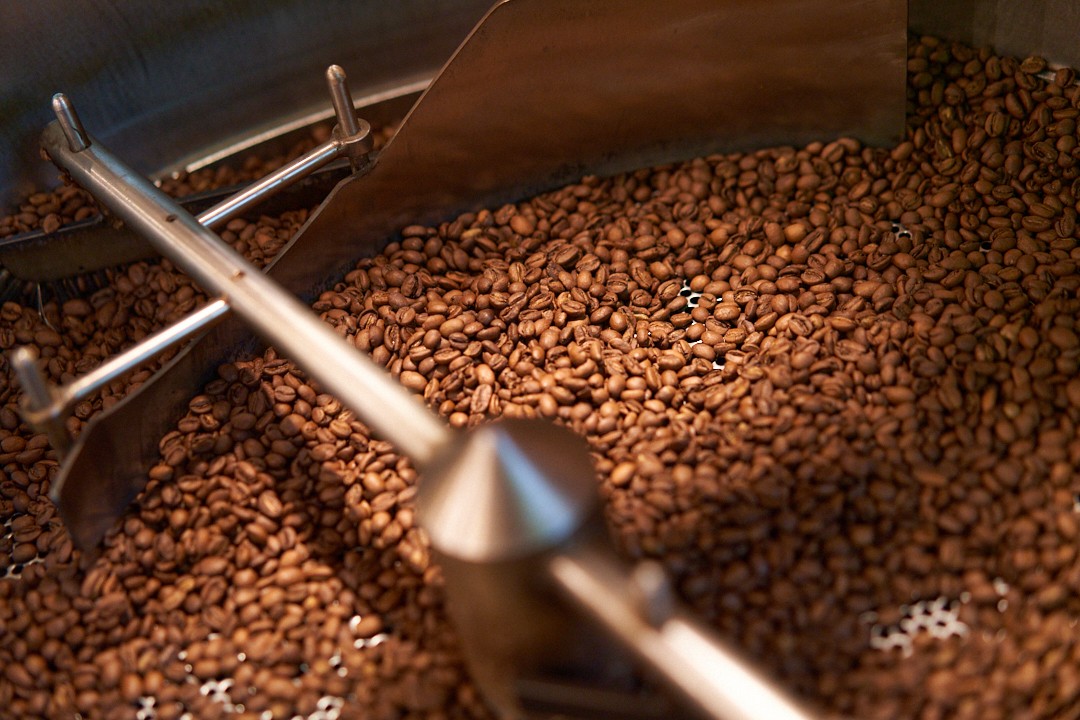
Roasters are professionals who bring out the best flavor from green coffee beans. They play an important role in determining the quality of coffee, from selecting green beans to roasting and tasting.
Roasters are at the core of the coffee journey from farm to consumer, and their skills and knowledge ensure we can enjoy great tasting coffee every time.
The existence of roasters also gives us the opportunity to see coffee as culture and art. Through the experience of specialty coffee and coffee shops, we consumers can discover the depth and charm of coffee.
Roasters come from a wide variety of backgrounds and tastes. Each roaster uses their own personality and experience to create unique coffee. It is this diversity that enriches coffee culture and provides consumers with a variety of choices.
It is expected that the efforts of roasters will continue to produce more diverse and innovative coffee in the future. When drinking coffee, why not think about the roasters and appreciate their dedication and passion?
Furthermore, it is not uncommon for coffee shops and cafes to have roasters themselves brew the coffee. By meeting face-to-face with the roaster, coffee drinkers can deepen their understanding and affection for coffee. This type of experience can also be an opportunity to view coffee as a culture and art, rather than simply a luxury item.

Roasters are professionals who bring out the best flavor from green coffee beans. They play an important role in determining the quality of coffee, from selecting green beans to roasting and tasting.
Roasters are at the core of the coffee journey from farm to consumer, and their skills and knowledge ensure we can enjoy great tasting coffee every time.
The existence of roasters also gives us the opportunity to see coffee as culture and art. Through the experience of specialty coffee and coffee shops, we consumers can discover the depth and charm of coffee.
Roasters come from a wide variety of backgrounds and tastes. Each roaster uses their own personality and experience to create unique coffee. It is this diversity that enriches coffee culture and provides consumers with a variety of choices.
It is expected that the efforts of roasters will continue to produce more diverse and innovative coffee in the future. When drinking coffee, why not think about the roasters and appreciate their dedication and passion?
2024.05.21
CROWD ROASTER
If you want to enjoy coffee more deeply
" CROWD ROASTER APP"
Manabu at CROWD ROASTER LOUNGE
・Push notifications for article updates・Full of original articles exclusive to CROWD ROASTER
・Direct links to detailed information about green beans and roasters
App-only features
- Choose green beans and roasters to create and participate in roasting events・CROWD ROASTER SHOP: Everything from beans to equipment is readily available
・GPS-linked coffee map function


